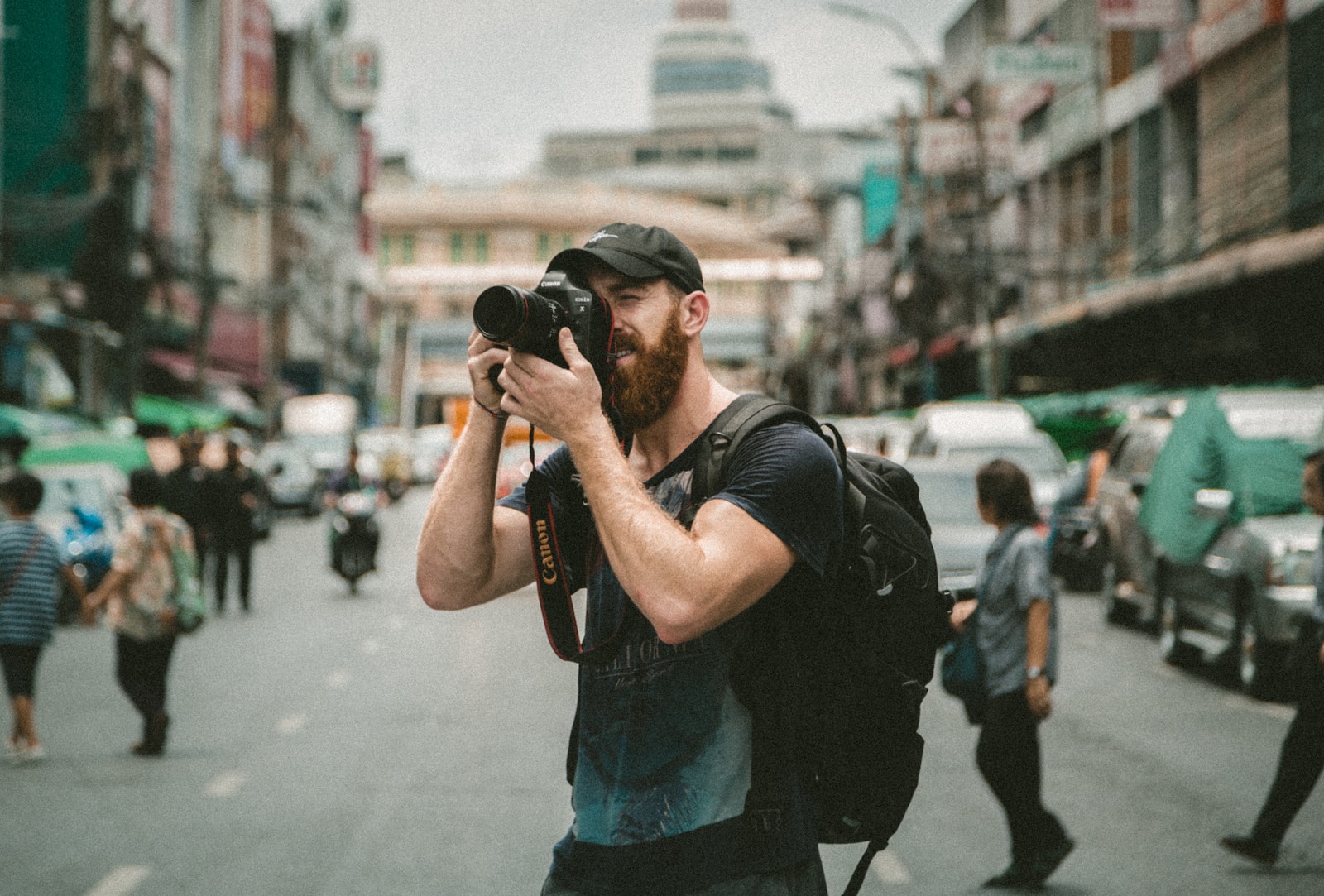Are you passionate about photography and intrigued by the idea of capturing stunning real estate properties? Becoming a real estate photography expert is an exciting journey that allows you to blend your love for photography with the world of real estate. In this guide, we’ll take you through the essential steps, skills, and knowledge required to embark on this rewarding career path.
How to Become a Real Estate Photography Expert
In this section, we’ll delve into the core steps you need to follow to become a real estate photography expert.
Exploring the Basics
To start your journey, it’s crucial to grasp the fundamental concepts of real estate photography. This foundation will help you understand the nuances of this niche.

Building Your Photography Skills
- Mastering Your Camera: A key aspect of real estate photography is understanding your camera’s settings and capabilities. Ensure you know your equipment inside out.
- Perfecting Composition: Learn the art of composing captivating shots, emphasizing the property’s best features while maintaining balance.
- Lighting Techniques: Lighting plays a pivotal role. Discover techniques to work with natural and artificial lighting effectively.
Gear and Equipment
Investing in the right gear is essential for professional real estate photography. We’ll explore the must-have equipment for your toolkit.
Editing and Post-Processing
Delve into the world of photo editing. Use software like Adobe Lightroom to enhance your images and make them truly shine.
Building a Portfolio
Your portfolio is your calling card in the real estate photography industry. Create a stunning portfolio showcasing your best work to attract clients.
Marketing Yourself
- Creating a Website: Develop a professional website to display your portfolio, services, and contact information.
- Social Media Presence: Utilize platforms like Instagram and Pinterest to showcase your work and engage with potential clients.
- Networking: Build relationships with real estate agents, property managers, and others in the industry to gain referrals.
Pricing Your Services
Determine your pricing strategy by considering factors like location, competition, and the complexity of the job.
Legal and Ethical Considerations
Learn about contracts, licensing, and copyright to protect your work and rights.
Handling Client Expectations
Managing client expectations is vital for success. Understand what clients want and ensure you can deliver.
Staying Updated
Real estate trends and technology evolve. Stay current with industry changes to remain competitive.
FAQs

Q: What camera is best for real estate photography?
A: A high-quality DSLR or mirrorless camera with a wide-angle lens is ideal.
Q: How do I find my first real estate photography client?
A: Start by offering your services to friends or acquaintances selling their homes. Network within your community.
Q: Do I need formal photography education?
A: While formal education is beneficial, many successful real estate photographers are self-taught. Continuous learning and practice are key.
Q: How can I make interiors look spacious in photos?
A: Use wide-angle lenses, proper lighting, and composition techniques to create a sense of space.
Q: What software should I use for photo editing?
A: Adobe Lightroom and Adobe Photoshop are popular choices for real estate photo editing.
Q: How do I set my real estate photography prices?
A: Research local market rates, consider your experience, and calculate your costs to determine pricing.
Conclusion
Becoming a real estate photography expert is a fulfilling journey that blends your passion for photography with the real estate industry’s dynamic landscape. By following the steps outlined in this guide, you’ll be well on your way to establishing yourself as a trusted and sought-after professional in the field.
















+ There are no comments
Add yours